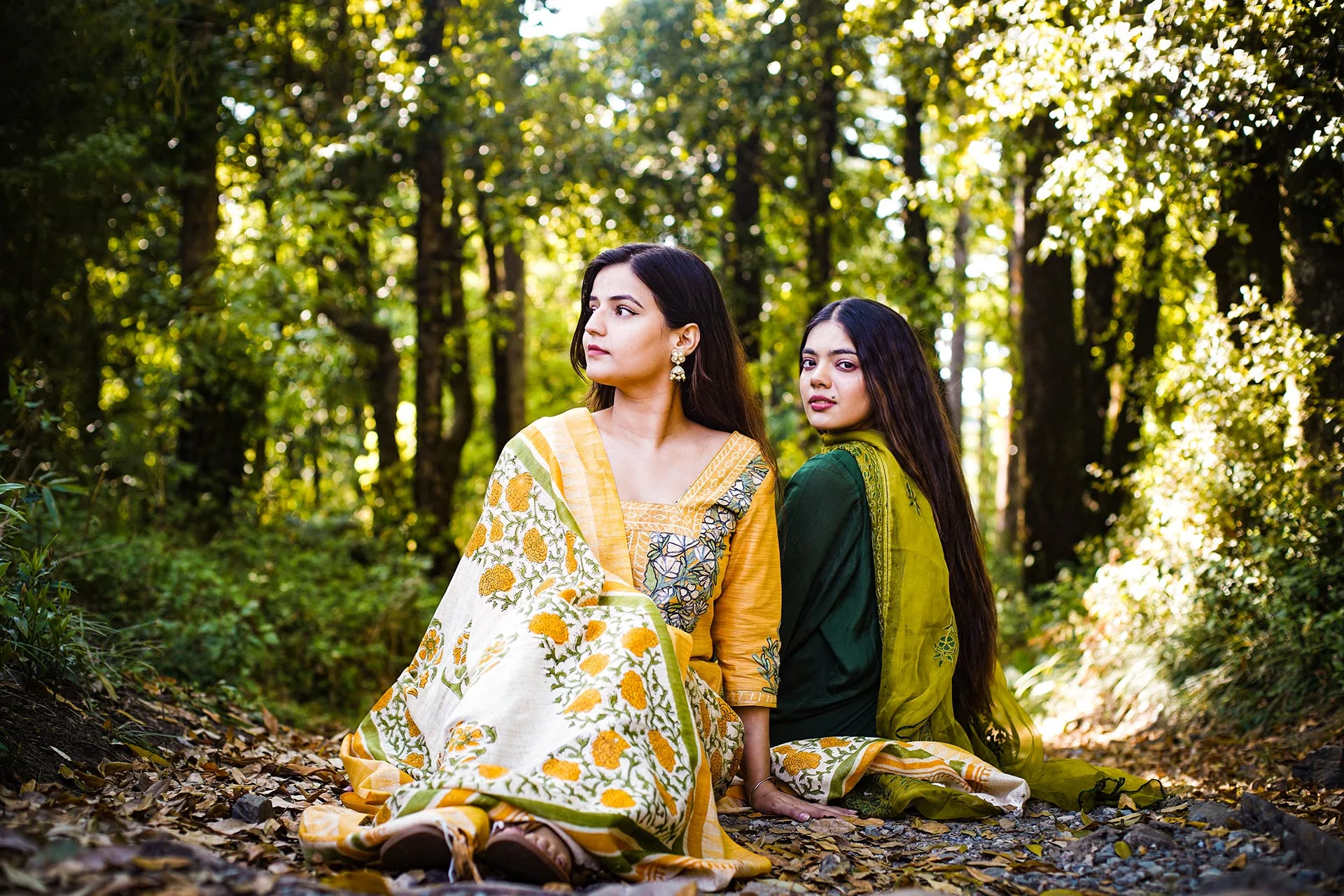Fusion Ethnic Wear: The Art of Blending Heritage with Contemporary Style
In the ever-evolving world of fashion, fusion ethnic wear has emerged as a powerful and expressive category, redefining how modern individuals engage with cultural heritage. This style represents a creative and intentional blend of traditional Indian elements with global contemporary influences, resulting in outfits that are both rooted in history and refreshingly innovative. It caters to a generation that values its cultural identity but refuses to be confined by it—a generation that seeks versatility, individuality, and relevance in every garment they wear.
What Is Fusion Ethnic Wear?
At its core, fusion ethnic wear is about harmonizing opposites. It takes the rich tapestry of Indian textiles, embroidery, and silhouettes and interweaves them with Western cuts, fabrics, and styling techniques. Think of a classic Bandhani-printed skirt paired with a minimalist white shirt, a silk saree draped over tailored trousers, or a hand-embroidered kurta transformed into a layered jacket worn with jeans. This approach allows wearers to celebrate their heritage while making a bold, modern statement.
The appeal of fusion wear lies in its flexibility. It is not bound by rigid rules or conventions. Instead, it encourages experimentation—mixing and matching pieces in unexpected ways to create looks that are uniquely personal. For example, an Anarkali suit might be shortened to tunic length and paired with palazzo pants or even leather leggings. A traditional Kanjeevaram silk might be styled with a belt and boots for an edgy yet elegant look. The possibilities are endless, limited only by the wearer’s imagination.
The Rise of Fusion Fashion
The popularity of fusion ethnic wear can be attributed to several cultural and social shifts. Globalization has played a significant role, exposing people to diverse styles and encouraging cross-cultural exchanges. As boundaries between cultures blur, fashion has become a medium for dialogue and integration. Additionally, the rise of social media has given designers and consumers a platform to showcase and discover new interpretations of traditional attire.
Another key factor is the changing lifestyle of modern Indians. With more people working in multicultural environments, traveling frequently, and participating in global events, there is a growing need for clothing that is both culturally resonant and practically adaptable. Fusion wear meets this need by offering outfits that can transition seamlessly from a daytime office setting to an evening wedding celebration.
Key Elements of Fusion Ethnic Wear
- Silhouettes and Cuts: Fusion fashion often reimagines traditional silhouettes. For instance, the classic kurta might be redesigned with asymmetric hems, off-shoulder cuts, or cape-like sleeves. Similarly, lehengas might feature minimalist skirts combined with crop tops or blazers, moving away from heavily embellished conventional designs.
- Fabrics and Textiles: Designers experiment with unconventional fabric pairings. Traditional materials like silk, cotton, khadi, or brocade are juxtaposed with contemporary fabrics such as denim, net, georgette, or even vegan leather. This contrast adds depth and visual interest to the ensemble.
- ** prints and Embellishments**: Traditional Indian prints—such as block prints, Kalamkari, or Madhubani art—are incorporated into modern garments like dresses, skirts, or jackets. Embellishments like zardozi, gota patti, or mirror work might be used sparingly to highlight specific parts of an outfit rather than covering it entirely.
- Styling and Accessories: Accessories play a crucial role in completing the fusion look. Statement jewelry—such as jhumkas paired with minimalist chains—or traditional mojris worn with contemporary outfits help bridge the gap between old and new. Layering is also common, with dupattas draped as stoles or sarees transformed into gowns.
Occasions for Fusion Wear
Fusion ethnic wear is incredibly versatile, making it suitable for a wide range of occasions:
- Casual Outings: A printed kurta with jeans or jeggings is perfect for a day out.
- Workwear: A tailored jacket over a saree or a embroidered tunic with trousers offers a professional yet culturally nuanced look.
- Weddings and Festivals: Fusion lehengas, saree-gowns, or dhoti pants with elaborate tops allow wearers to stand out while still honoring tradition.
- Parties and Events: Experimentation is key here—think corset blouses with skirts or capes paired with traditional bottoms.
Why Fusion Wear Matters
Fusion ethnic wear is more than just a trend; it is a reflection of a evolving cultural identity. It allows wearers to navigate multiple worlds—traditional and modern, local and global—without having to choose between them. It empowers individuals to curate a wardrobe that is authentic, expressive, and adaptable.
For designers, fusion wear represents an opportunity to innovate while preserving craftsmanship. Many contemporary labels are collaborating with rural artisans, giving traditional techniques a new lease on life and ensuring that these skills remain relevant and sustainable.
Conclusion
Fusion ethnic wear is a celebration of cultural fluidity and creative freedom. It acknowledges that fashion is not static but a dynamic form of self-expression. By blending the best of tradition with the boldness of contemporary design, it offers a fresh, inclusive, and exciting approach to dressing. Whether you’re attending a wedding, heading to the office, or simply expressing your unique style, fusion wear invites you to honor your roots while embracing the future—one outfit at a time.
